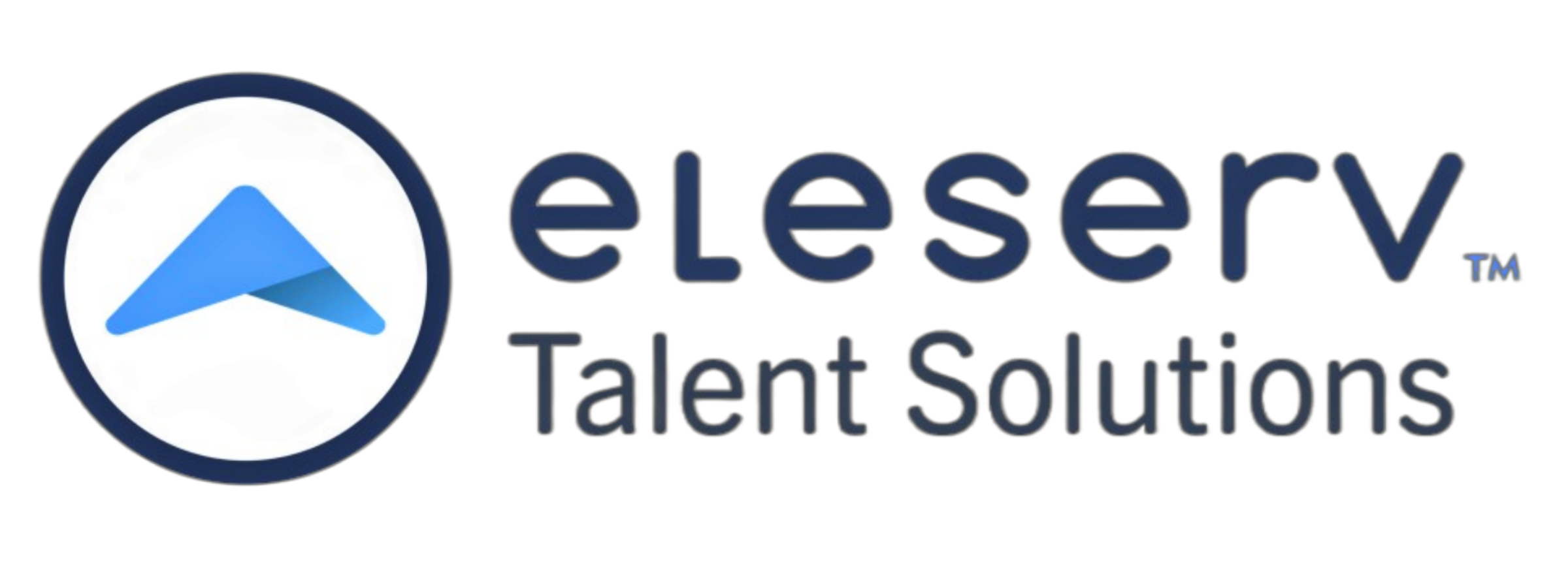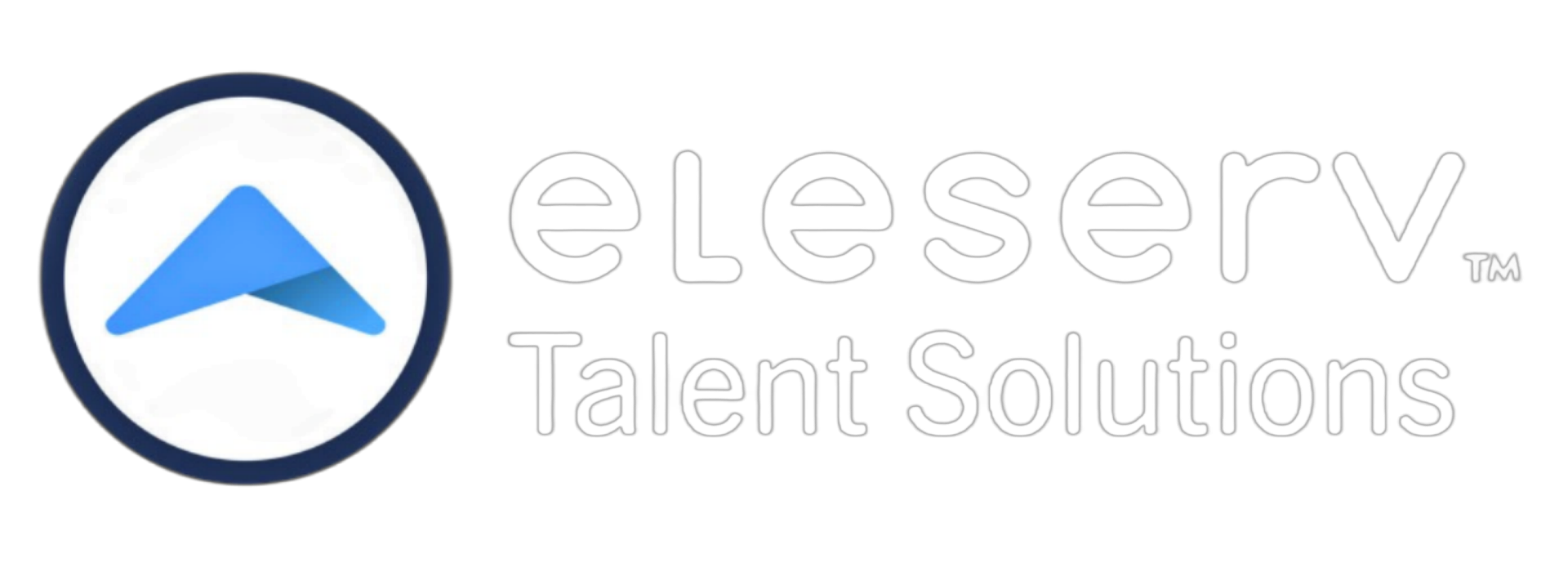Are You Beyond the Halfway Point in Your HR Strategy?
We’ve crossed the halfway mark of the year. Financials are being reviewed, sales forecasts are getting tightened up, and some well-earned PTO might finally be happening.
But here’s a question HR leaders should be asking themselves right now:
Is your HR strategy where it should be at this point in the year?
If the answer is anything other than a confident yes, then it’s time for a serious look under the hood.
The Hidden Mid-Year Drift
Gartner reported earlier this year that fewer than half of HR leaders feel their workforce planning stays aligned with organizational goals across the calendar year. That means many teams are likely winging it, reacting to talent issues as they arise instead of following a defined strategy.
This matters more than ever. As of May 2025, voluntary quits are once again on the rise with over 4 million people leaving jobs that month alone. Meanwhile, companies are reporting talent shortages as the single biggest blocker to their growth. A recent ManpowerGroup survey put that number at 72 percent.
So, while you may have started the year with a hiring plan and development goals, the big question is: are they still relevant? Are they still active? Or have they fallen to the side in the rush of day-to-day demands?
What a Mid-Year Strategy Tune-Up Should Look Like
A talent strategy is not something you set and forget. In fact, it’s a living, breathing part of how a company grows. That’s why Eleserv created a step-by-step guide for building and maintaining a talent strategy that can flex with your business as the year unfolds.
It starts with alignment. HR and business leaders need to be in sync with the company’s goals for the next 6 to 18 months. This clarity allows talent decisions to support actual growth targets, not assumptions from January.
From there, it’s about defining what great looks like in each role. This means identifying the specific competencies needed and comparing them to the capabilities already in-house. Eleserv’s downloadable gap analysis worksheets make this process easier and more actionable.
With that clarity, you can shape an employer brand that doesn’t just attract talent but helps retain it. Just look at Patagonia. Their deep commitment to social responsibility has helped them maintain an extraordinarily low turnover rate of 4 percent.
Retention like that doesn’t happen by accident. It comes from a workplace culture people want to be part of and from consistent investment in their development. Too often, training is treated like a cost when it should be viewed as one of the smartest growth investments you can make.
Recruitment also plays a role, but only when it’s part of a larger picture. Hiring to fill gaps is one thing. Hiring to advance your long-term strategy is something else entirely. That requires a clear understanding of what’s missing and what kind of talent will actually move the business forward.
And throughout all of this, the culture matters. Innovation can’t be a buzzword. It has to be something that’s baked into how teams work and how ideas are shared. That’s what keeps good employees engaged and gives you a competitive edge when hiring.
Finally, you need to be ready to adapt. What made sense in January might not hold up now. Talent strategies that stay relevant are reviewed and revised regularly. They evolve along with the business.
Why This Moment Matters
It’s easy to let the months slip by. But with half the year behind us, there’s still time to correct courses. According to LinkedIn’s 2025 Workplace Learning Report, companies that actively upskill and reskill their teams are significantly better prepared for unexpected change.
That’s the kind of readiness that separates thriving teams from overwhelmed ones.
How Eleserv Can Help
If your HR strategy could use a reset, Eleserv is here to help. We partner with HR leaders at small and mid-sized businesses to create custom strategies that move the needle.
From targeted recruitment to skills gap analysis, from employer brand work to employee development planning, we offer practical tools and expert guidance that help you turn strategy into action.
No generic templates. No one-size-fits-all playbooks. Just smart support where you need it most.
Let’s Make the Second Half Count
You don’t have to finish the year feeling behind. Let us help you realign your HR strategy so your team and your business can thrive.
Get in touch at [email protected], or download our free gap analysis worksheets to get started.
Your people are the fuel for your growth. Let’s make sure they have a plan worth following.


